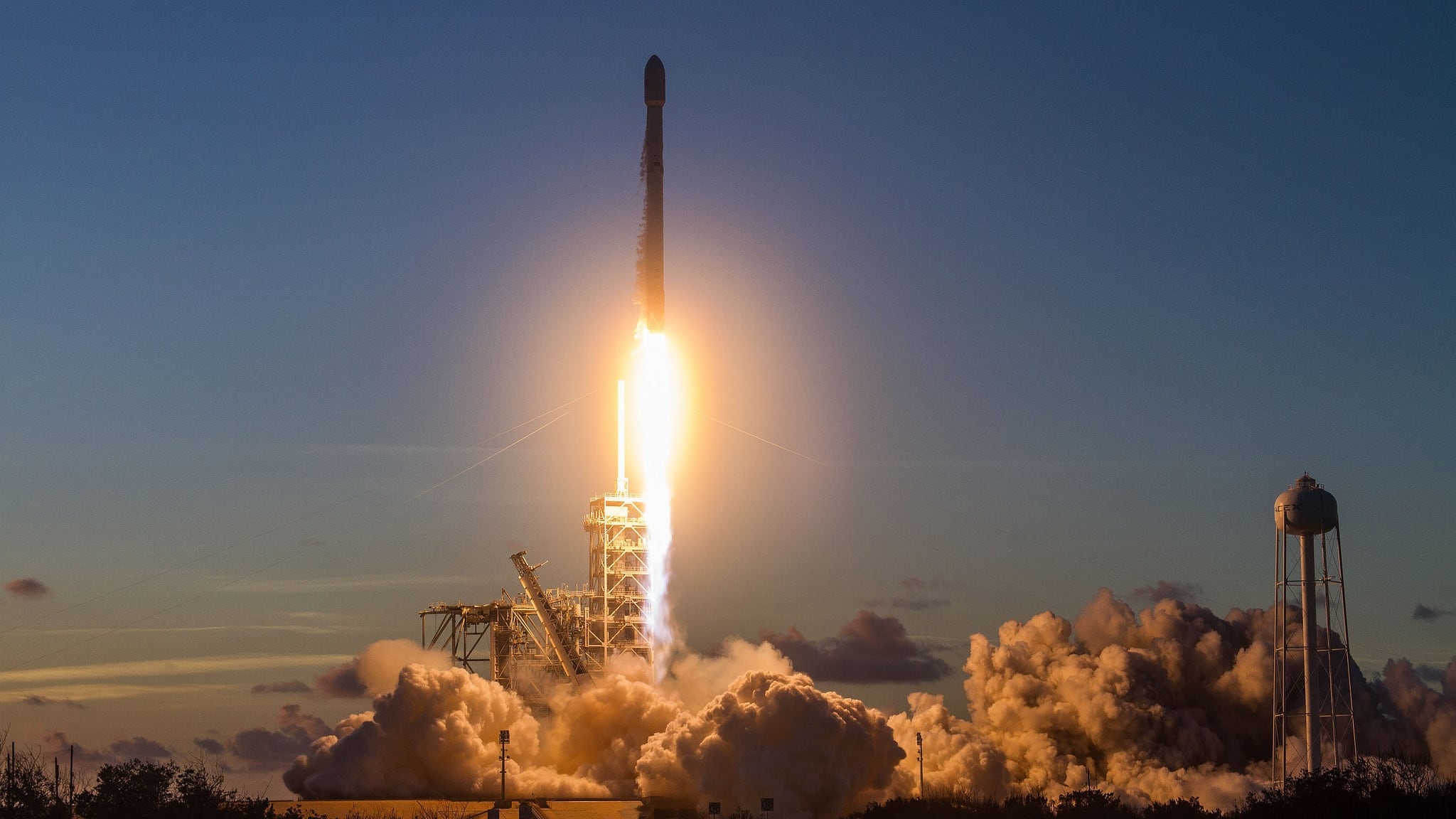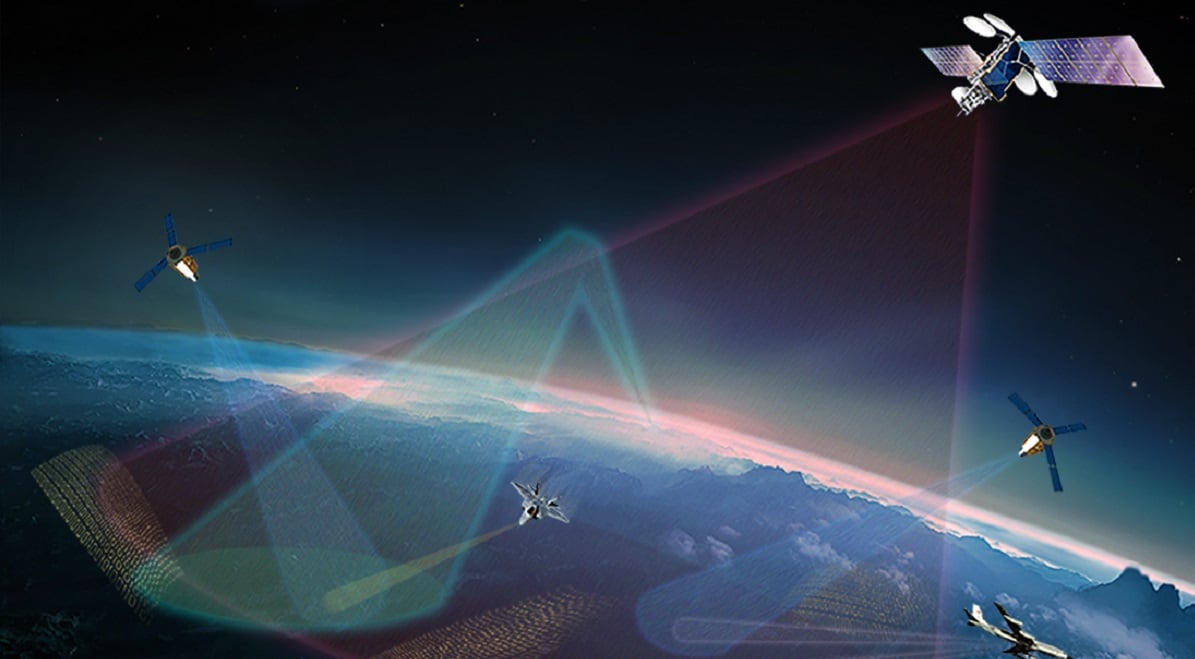WASHINGTON — The Air Force’s top space officer has been nominated to lead U.S. Space Command, the new unified combatant command that President Donald Trump called to be re-established last year.
If confirmed, Gen. John Raymond will have a dual-hat role: as commander of U.S. Space Command and his current position as head of Air Force Space Command at Peterson Air Force Base, Colorado.
However, it’s unclear how long that will continue. If a Space Force is approved by Congress and established as a sixth branch of the military under the Department of the Air Force, it’s possible that Air Force Space Command could be dissolved as the service’s space functions transfer over to the Space Force.
RELATED

Even if Air Force Space Command is maintained, the position of U.S. Space Command could later be separated from its Air Force-specific counterpart as a final location for SPACECOM headquarters is decided.
Unlike the creation of a Space Force, the Trump administration can create U.S. Space Command without input from Congress. Unlike the Space Force, which will be responsible for generating, training and equipping space forces, SPACECOM will be charged with employing those forces in daily operations or a future conflict.
As the Air Force’s senior space officer, Raymond was widely considered the favorite to command SPACECOM — a position that seemed even more certain after the administration agreed to locate the Space Force under the Department of the Air Force.
Even so, Raymond’s nomination is a major win for the Air Force, cementing the service’s ability to shape the military’s space enterprise as it is overhauled.
It also triggers questions about which military official could be tapped to lead the Space Force — if approved by Congress — as the service’s first chief of staff.
Although Raymond has largely remained out of the spotlight as the Defense Department worked through its plans to stand up U.S. Space Command and the Space Force, he publicly stressed the need for the Air Force to shift to a war-fighting posture in space.
RELATED

“If deterrence fails, I am convinced … if we are up against a peer or near peer, we are going to have to fight for space superiority,” he said in September at an Air Force Association conference. “As the National Defense Strategy talks about, that’s going to require capability from multiple domains to come forward.”
Raymond took command of AFSPC in 2016 following a one-year stint at the Pentagon as deputy chief of staff for operations. From January 2014 to August 2015, he served as commander of 14th Air Force and the Joint Functional Component Command for Space.
Throughout his career, Raymond has held positions entrenched in space operations.
After being commissioned through the Reserve Officers’ Training Corps program at Clemson University in 1984, some of his early jobs included acting as a Minuteman intercontinental ballistic missile crew commander at Grand Forks Air Force Base, North Dakota; chief of commercial space lift operations at Peterson Air Force Base; and the Air Force’s lead programmer for space and missile forces at the Pentagon.
He also commanded the 5th Space Surveillance Squadron at Royal Air Force Feltwell, England; the 30th Operations Group at Vandenberg Air Force Base, California; and the 21st Space Wing at Peterson.
Valerie Insinna is Defense News' air warfare reporter. She previously worked the Navy/congressional beats for Defense Daily, which followed almost three years as a staff writer for National Defense Magazine. Prior to that, she worked as an editorial assistant for the Tokyo Shimbun’s Washington bureau.








